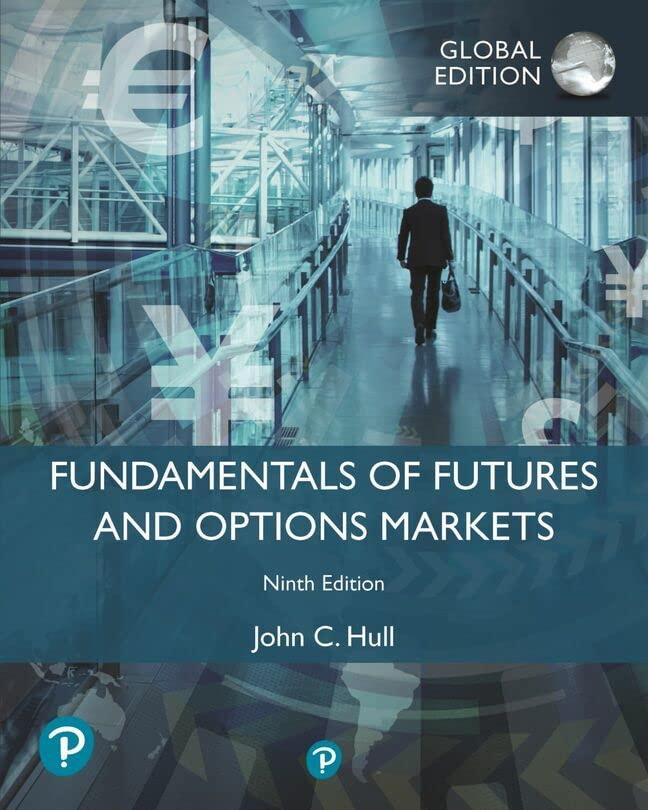Answered step by step
Verified Expert Solution
Question
1 Approved Answer
Questions 1 to 1 0 are based on the situation given below. National Insurance Associates carries an investment portfolio of stocks. Currently, $ 5 0
Questions to are based on the situation given below.
National Insurance Associates carries an investment portfolio of stocks. Currently, $ is available
and at least $ must be considered for new investment opportunities in the following stocks.
Stocks A B C D
Price per share $ $ $ $
Annual rate of return
Risk measure per dollar invested
Risk measure per share
The risk measure indicates the relative uncertainty associated with the stock in terms of its realizing the
projected annual return higher values indicate greater risk Nationals top management has stipulated
the following guidelines. The annual rate of return on the portfolio must be at least $ The total
amount invested in stocks B and C must be at least $ The amount invested in stocks A or D
cannot exceed $ The return on investment from C should not exceed of the total return on
investment. Develop an investment portfolio that minimizes risk.
Problem Formulation
Decision Variables
A: Number of shares of stock A in portfolio
B: Number of shares of stock B in portfolio
C: Number of shares of stock C in portfolio
D: Number of shares of stock D in portfolio
Objective Function: Minimize z A B C D
Constraints
Amount Available: A B C D
Minimum investment: A B C D
Minimum Return: A B C D
Minimum B and C: B C
Maximum A and D: A D
C Return on investment: A B C D
ABCD
The sensitivity report obtained on solving the problem is given below. Answer the questions based on
the sensitivity report. Each question is independent of the other questions. While answering
questions, numbers should be rounded to decimal places. If the risk measure per share of stock A increases to which of the following statements is true?
a This is a change in the objective function coefficient of a basic variable within the allowable
limits hence the optimal solution is unchanged but OFV will change.
b This is a change in the objective coefficient of a basic variable within the allowable limits
hence optimal solution and OFV are unchanged.
c This is a change in the objective coefficient of a nonbasic variable within allowable limits
hence both optimal solution and objective function value are unchanged.
d This is a change in the objective coefficient of a nonbasic variable within the allowable
limits hence optimal solution is unchanged but the OFV will change and can be calculated.
e This change is not among the permitted changes and hence we must resolve to obtain the
new optimal solution and OFV.
Step by Step Solution
There are 3 Steps involved in it
Step: 1

Get Instant Access to Expert-Tailored Solutions
See step-by-step solutions with expert insights and AI powered tools for academic success
Step: 2

Step: 3

Ace Your Homework with AI
Get the answers you need in no time with our AI-driven, step-by-step assistance
Get Started


